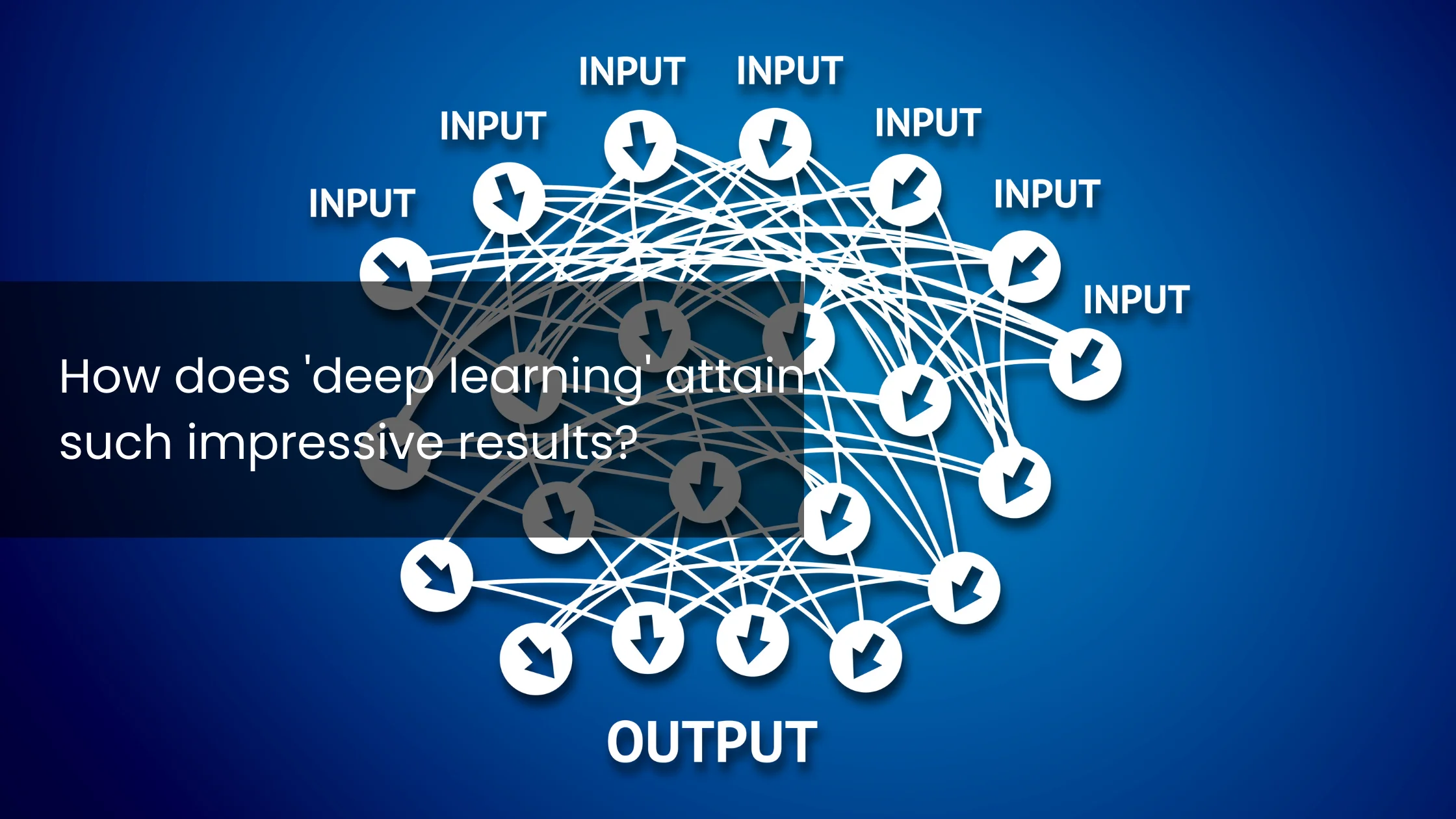 Deep learning, a subset of machine learning, is the powerhouse behind many of today's most impressive AI advancements. From facial recognition to language translation, deep learning models are setting new benchmarks. But what makes deep learning so effective? Let’s dive into the intricacies of deep learning and uncover the magic behind its success.
Deep learning, a subset of machine learning, is the powerhouse behind many of today's most impressive AI advancements. From facial recognition to language translation, deep learning models are setting new benchmarks. But what makes deep learning so effective? Let’s dive into the intricacies of deep learning and uncover the magic behind its success.
Understanding Deep Learning
At its core, deep learning involves neural networks with three or more layers. These layers mimic the human brain's structure, enabling the model to learn and make decisions autonomously. It's like teaching a computer to think like a human—pretty cool, right?
The Power of Neural Networks
Neural networks are the backbone of deep learning. Each layer consists of neurons, which are the fundamental units that process data. Think of neurons as tiny decision-makers, each contributing to the final outcome. The more layers you have, the more complex and accurate the decision-making process becomes. This is why deep learning models can handle intricate tasks like image and speech recognition.
Data, Data, and More Data
One reason deep learning is so effective is its ability to process vast amounts of data. Imagine trying to learn a new language. The more you practice and the more examples you have, the better you get. Deep learning models work the same way—they improve with more data. This abundance of data helps them identify patterns and make precise predictions.
Advanced Algorithms and Techniques
Deep learning leverages advanced algorithms that allow models to learn from data efficiently. Techniques like backpropagation and gradient descent help fine-tune the model's accuracy. It's like having a personal trainer constantly refining your techniques to ensure you perform at your best.
Real-World Applications
Deep learning's impressive results are evident in various real-world applications. For instance, in machine learning and data science with Python, deep learning techniques are used to build predictive models that can forecast market trends or detect fraudulent activities. Similarly, in advanced automation testing, deep learning models are employed to create intelligent test scripts that can adapt and learn from new scenarios.
Continuous Learning and Adaptation
One of the coolest aspects of deep learning is its ability to adapt and improve over time. As new data becomes available, the model can retrain itself, enhancing its accuracy and performance. It's like having a self-improving tool that gets better the more you use it.
Challenges and Considerations
While deep learning is powerful, it's not without challenges. Training deep learning models requires significant computational resources and time. Additionally, the models can be complex and difficult to interpret, often being described as "black boxes." Despite these challenges, the benefits and advancements in fields like deep learning, NLP, and Generative AI far outweigh the hurdles.
Frequently Asked Questions
What makes deep learning models so powerful?
Deep learning models can learn complex features through multiple neural layers, making them highly accurate for tasks like computer vision and NLP.
How do neural networks work in deep learning?
Neural networks process data through interconnected nodes, learning progressively abstract representations with each layer.
Is deep learning limited to big data?
Not anymore. While it thrives on big data, techniques like transfer learning now allow deep learning to perform well even with smaller datasets.
What are common applications of deep learning?
Applications include image and speech recognition, medical diagnosis, self-driving cars, fraud detection, and automated QA testing.
Can deep learning models update themselves?
Yes. With retraining and new data, models can continuously improve and adapt, making them increasingly effective over time.
Conclusion
Deep learning's impressive results stem from its complex neural networks, vast data processing capabilities, advanced algorithms, and continuous learning. By mimicking the human brain and leveraging massive datasets, deep learning models can achieve remarkable feats. Whether it's predicting market trends, recognizing faces, or automating testing processes, deep learning is revolutionizing the tech landscape.
So, the next time you use a voice assistant or rely on a recommendation system, remember the deep learning magic working behind the scenes. And if you're intrigued by the potential of deep learning, explore courses and resources to dive deeper into this fascinating field. Who knows? You might be the next innovator to push the boundaries of what's possible with deep learning.